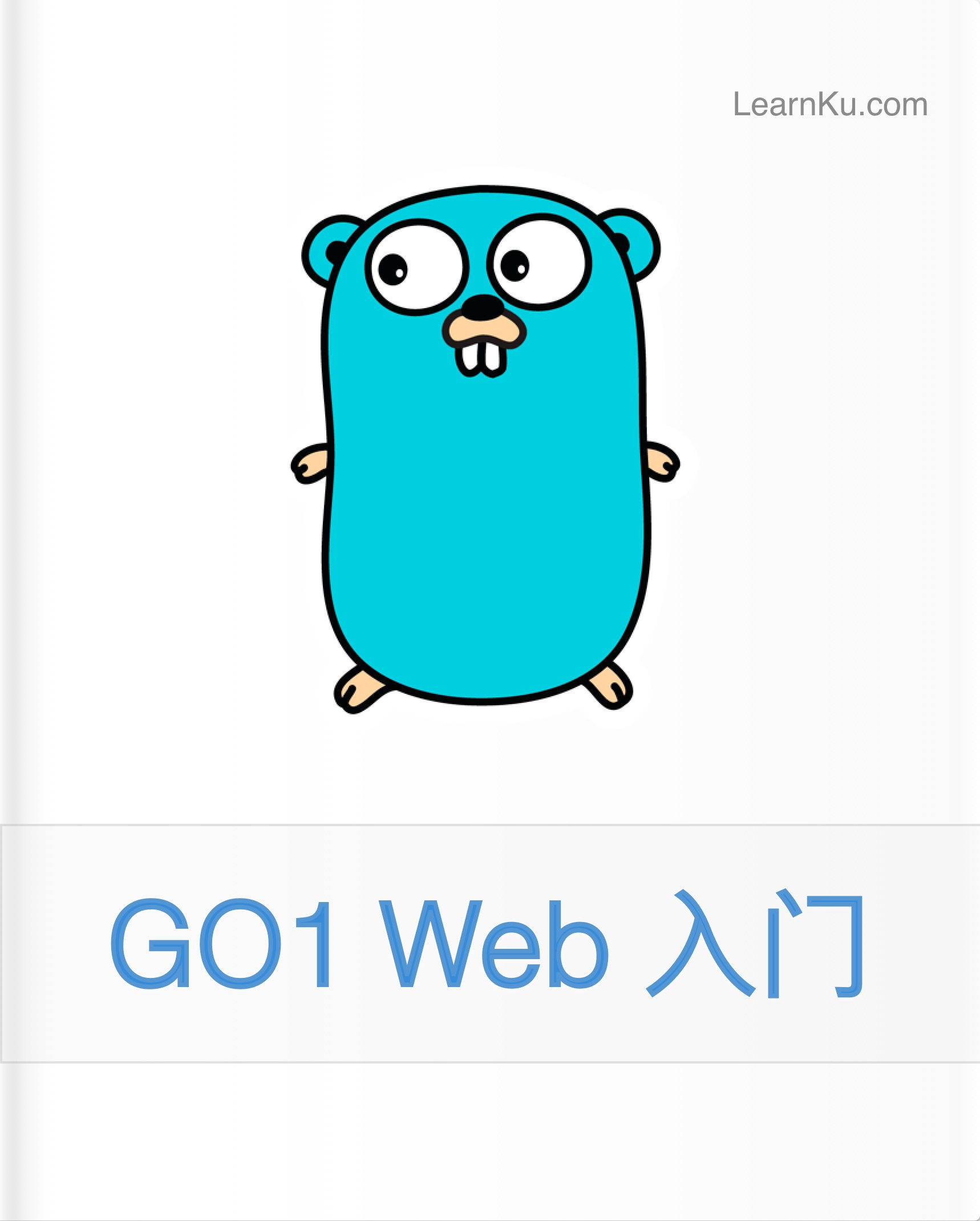Laravel 文档阅读:数据库之查询语句构造器(下篇)
orderBy、groupBy、limit 和 offset
orderBy
orderBy 方法指定结果数据按照某个字段的升序/降序排列。它的第一个参数是排序的字段名,第二个参数是排序方向(asc 或者 desc):
$users = DB::table('users')
->orderBy('name', 'desc')
->get();latest / oldest
latest / oldest 方法实现字段按照日期便捷地排序。默认是依据 created_at 字段排序的,你也可以传递要排序的字段名以便覆盖默认设定:
$user = DB::table('users')
->latest()
->first();
$user = DB::table('users')
->latest('updated_at')
->first();inRandomOrder
inRandomOrder 方法实现查询结果的乱序排列。例如,取得随意的一个用户信息:
$randomUser = DB::table('users')
->inRandomOrder()
->first();groupBy / having / havingRaw
groupBy 和 having 方法可以用来给查询结果进行分组。having 方法的签名类似 where 方法:
$users = DB::table('users')
->groupBy('account_id')
->having('account_id', '>', 100)
->get();havingRaw 方法用来设置原生字符串到 having 子句中。例如,我们可以找到所有销售额大于 2500刀 的部门:
$users = DB::table('orders')
->select('department', DB::raw('SUM(price) as total_sales'))
->groupBy('department')
->havingRaw('SUM(price) > 2500')
->get();skip / take
限制从查询返回的结果数,或者在查询中跳过给定数量的结果。你可以使用 skip 和 take 方法:
$users = DB::table('users')->skip(10)->take(5)->get();或者使用起到一样作用的 limit 和 offset 方法:
$users = DB::table('users')
->offset(10)
->limit(5)
->get();条件子句
有时我们只想在某些条件成立的时候呢才去执行一些条件子句查询。比如,对于 where 子句,我们只想在输入数据里包含某个字段的时候,才去执行,那么这时就要用到 when 了。
$role = $request->input('role');
$users = DB::table('users')
->when($role, function ($query) use ($role) {
return $query->where('role_id', $role);
})
->get();在上面这段代码里,只有当闭包的第一个参数($role)判定为 true 时才会执行。如果第一个参数的判定值是 false,那么就不会执行闭包里的内容。
when 方法还接受第三个参数,跟第二个参数一样,也是一个闭包——当判定条件(第一个参数)为 false 时,就会执行这里的逻辑。为了说明这个方法的使用场景,我们来举一个配置默认使用的排序字段的例子:
$sortBy = null;
$users = DB::table('users')
->when($sortBy, function ($query) use ($sortBy) {
return $query->orderBy($sortBy);
}, function ($query) {
return $query->orderBy('name');
})
->get();插入
查询语句构造器还提供一个 insert 方法用来项数据库插入数据。insert 方法接收一个包含字段键值组成的数组。
DB::table('users')->insert(
['email' => 'john@example.com', 'votes' => 0]
);当然 insert 方法也支持同时插入多条数据:
DB::table('users')->insert([
['email' => 'taylor@example.com', 'votes' => 0],
['email' => 'dayle@example.com', 'votes' => 0]
]);自增 ID
如果包含一个自增 ID,那么可以使用 insertGetId 来获得插入的记录的 ID 值:
$id = DB::table('users')->insertGetId(
['email' => 'john@example.com', 'votes' => 0]
);更新
除了向数据库插入数据,查询语句构造器还提供了更新已存在记录的 update 方法。与 insert 方法类似, update 方法接收一个要更新的、包含字段键值组成的数组。
DB::table('users')
->where('id', 1)
->update(['votes' => 1]);更新 JSON 字段类型
更新 JSON 字段类型,需要用到 -> 语法,不过这仅在支持 JSON 字段类型的数据库中有效。
DB::table('users')
->where('id', 1)
->update(['options->enabled' => true]);Increment / Decrement
查询语句构造器也提供了用来增加/减少某个字段值的方法 increment / decrement。这只是一个语法糖,与手动编写 update 语句相比,提供了更具表现力和简洁的 API。
DB::table('users')->increment('votes');
DB::table('users')->increment('votes', 5);
DB::table('users')->decrement('votes');
DB::table('users')->decrement('votes', 5);这两个方法都至少接受一个参数,那就是要修改的字段。第二个控制增加/减少的数量,默认是 1。
当然,我们还可以额外的提供其他要修改的字段:
DB::table('users')->increment('votes', 1, ['name' => 'John']);删除
使用 delete 方法从数据库表删除记录,可以在使用时用 where 子句来添加约束条件:
DB::table('users')->delete();
DB::table('users')->where('votes', '>', 100)->delete();如果要清空整张表——删除所有数据、将自动递增主键 ID 设置为 0,那么就要用 truncate 方法:
DB::table('users')->truncate();悲观锁
「悲观锁」作用在 select 语句上,如果要使用「共享锁」运行语句,可以在查询上使用 sharedLock 方法。共享锁可以保证用户 在读取数据时,除非事务提交,否则 数据不会被修改。
DB::table('users')->where('votes', '>', 100)->sharedLock()->get();还有一个 lockForUpdate 方法,比 sharedLock 还厉害——可以保证用户 在读取数据时,保证数据不被修改或被另一个共享锁所选择。
DB::table('users')->where('votes', '>', 100)->lockForUpdate()->get();本作品采用《CC 协议》,转载必须注明作者和本文链接





 关于 LearnKu
关于 LearnKu




推荐文章: